Why Should You Wear Flat Shoes When Lifting?
Author:
Unlock your full potential by engaging with our experts and community! Have questions about your fitness journey or looking for expert advice on weightlifting techniques? Don’t hesitate — leave a comment below and Oleksiy Torokhtiy will provide a personalized answer and insights to help you reach your goals.
Torokhtiy is reader-supported. Some links are affiliate links, and we may earn a commission at no extra cost to you. See our disclosure page for details.
When you enter the gym, you come across lots of various shoes that athletes use and even change during one session. Perhaps, the first question that pops into your mind is ‘Why should you wear flat shoes when lifting?’
Will they help you to lift more? When should you put them on? What flat weightlifting shoes are the best on the market? And do you need them after all? I have prepared a full guide to answer all of those questions and finally help you to make a decision.
So let’s go down to business!
Why should you wear flat shoes when lifting? Flat powerlifting shoes are mainly used for deadlifts and sometimes for lower body exercises. They help with foot stability and grip on the floor, slightly change mechanics, and shorten the bar trajectory in the deadlift which is a great benefit at competitions.
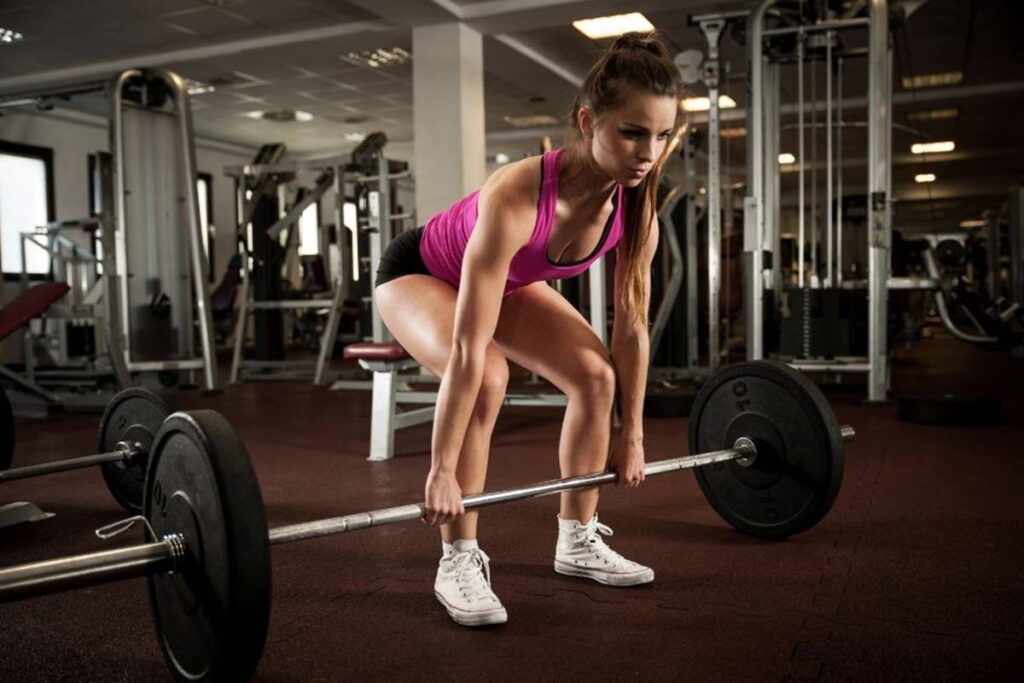
What Are Flat Shoes for Lifting?
Flat shoes for lifting are a type of shoes with no difference, or so-called offset, in the sole height. They are equally tall both at the toe and heel parts.
Still, the height of the sole doesn’t have to be 0” – it may vary depending on the brand. The main point is the same flat surface throughout the whole foot, without any rises so that lifting in such shoes feels as if you are bare-footed.
There are specific shoes designed for the deadlift, wrestling, etc., but you may also buy a pair of regular shoes, such as Converse, with a flat sole. They won’t have all the properties but will be completely enough for regular training.
Why Use Flat Shoes for Lifting?
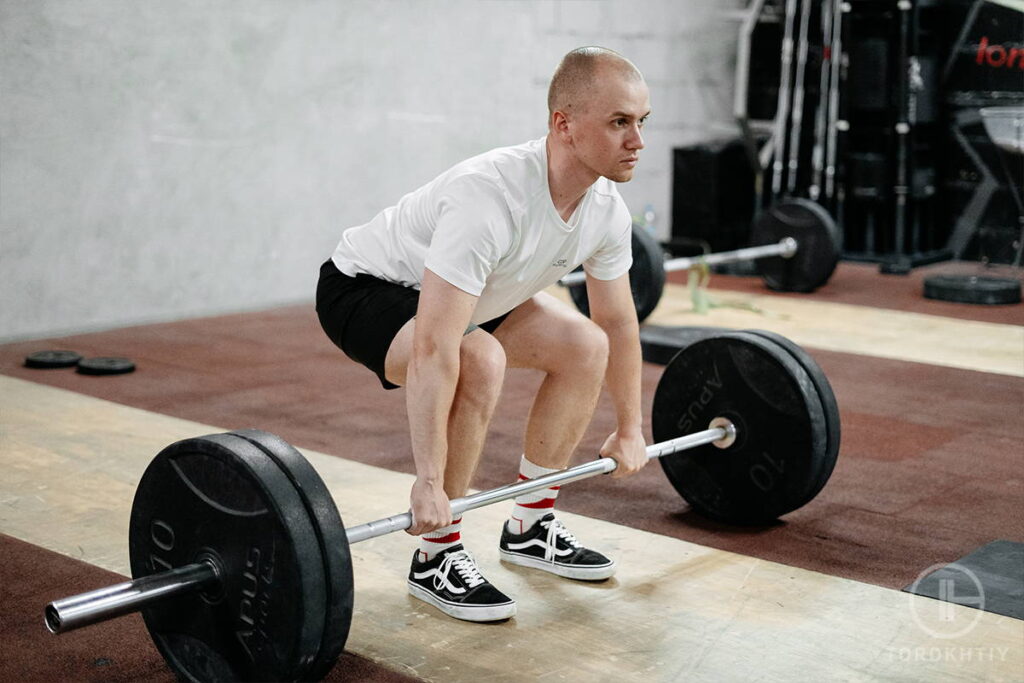
Shorter range of motion
Have you ever seen experienced powerlifters changing their shoes to flat ones before deadlifting? In fact, they have quite a reason for carrying two pairs of shoes in their gym bag though it may seem weird to you.
The point is that the closer your feet are to the platform, the shorter range of motion you have to handle. At first, a one-inch difference can make no sense, but when you are pulling nearly 300 kilos, every bit counts.
Therefore, competitive lifters usually prefer the thinnest sole for their deadlifts to tweak the mechanics to their benefit.
Stability
Some athletes find flat shoes more comfortable in terms of feeling the platform and maintaining stability. They say that their grip on the ground becomes stronger and more controllable in this way.
Generally, this point is completely individual. It all depends on your preferences but doesn’t really make much difference when it comes to your training results.
If athletes seek stability, they usually choose flat shoes for their lower body workouts.
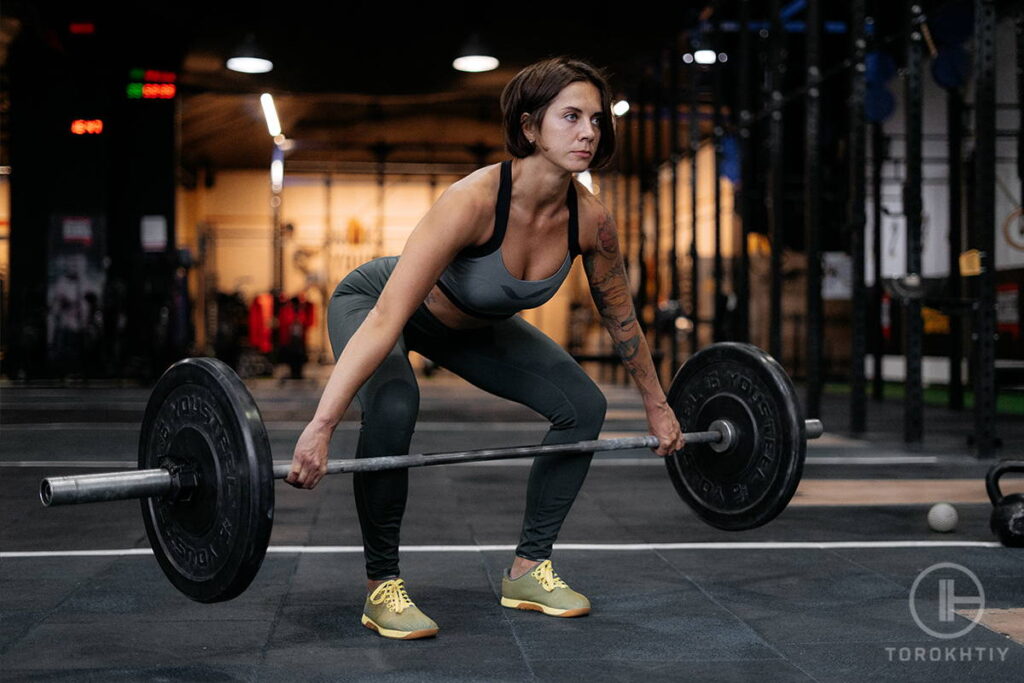
Mechanics
While exercising in flat bottom shoes for weightlifting, you can change the mechanics to target particular muscles or just adapt it to your body peculiarities.
For example, using flat shoes for squats changes your feelings and outcomes significantly. Weightlifting shoes can compensate for the lack of ankle mobility, but, at the same time, they put slightly more stress on your knees making them go forward.
Also, weightlifting shoes can shift the center of gravity closer to the toes which makes it harder to keep balance for some athletes. However, they are more beneficial in terms of effort effectiveness.
On the other hand, flat shoes let us spread the load more evenly and naturally. The knees don’t go forward that much, so you target the hips rather than quads more precisely. Such shoes may be a good option to put the highest possible load on the posterior leg muscles and back, but they won’t allow you to hit huge weights comfortably.
Finally, weightlifting shoes allow you to keep the spine more vertical and neutral whereas flats can make you bend forward too much.
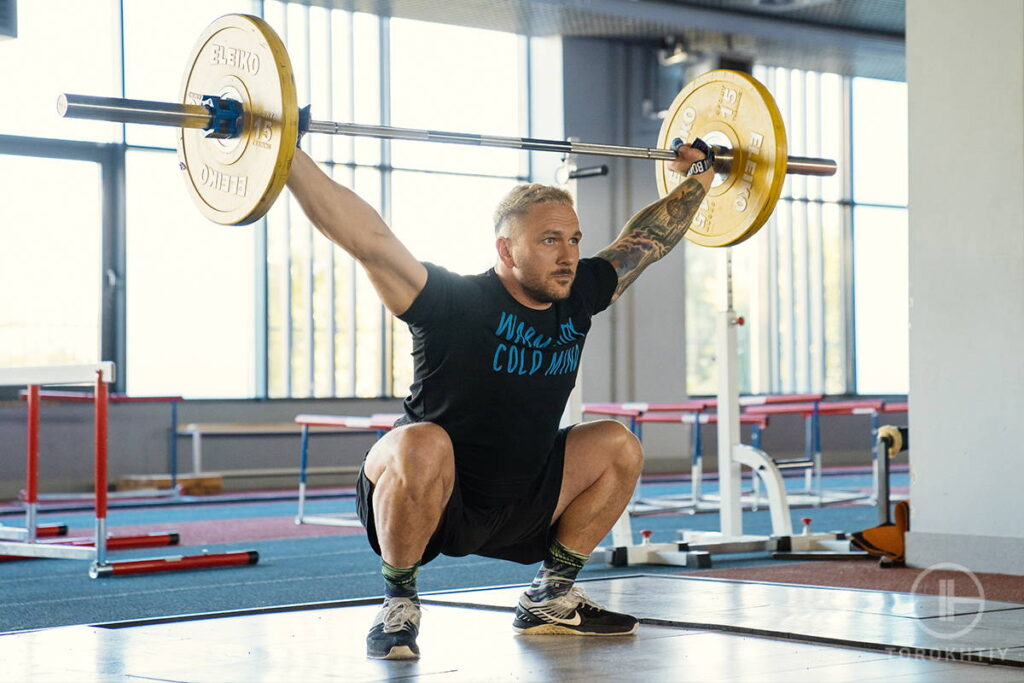
When Flat Shoes May Not Be the Best for Lifting?
Despite all the benefits, flat shoes are not appropriate for all kinds of training. There are some cases when putting them on is not the best idea at all.
Olympic Weightlifting
Weightlifting shoes are designed specifically to make Olympic lifts as comfortable and effective as possible. Thus, you should definitely invest in a good pair of such shoes if you want to do the snatch and clean & jerk.
Flat shoes won’t work for this kind of sport. They will screw up all the proper mechanics, making Olympic lifts not only uncomfortable but even dangerous. The reason is that for any of these exercises, you need to keep the proper angles which demand extreme joint mobility, and weightlifting shoes comfort you in all those positions well.
On top of that, you won’t be able to handle a big weight while wearing flat shoes. They may be possible when you are only testing the waters, but once you get serious with Olympic weightlifting, you should definitely set your mind to buying appropriate shoes.
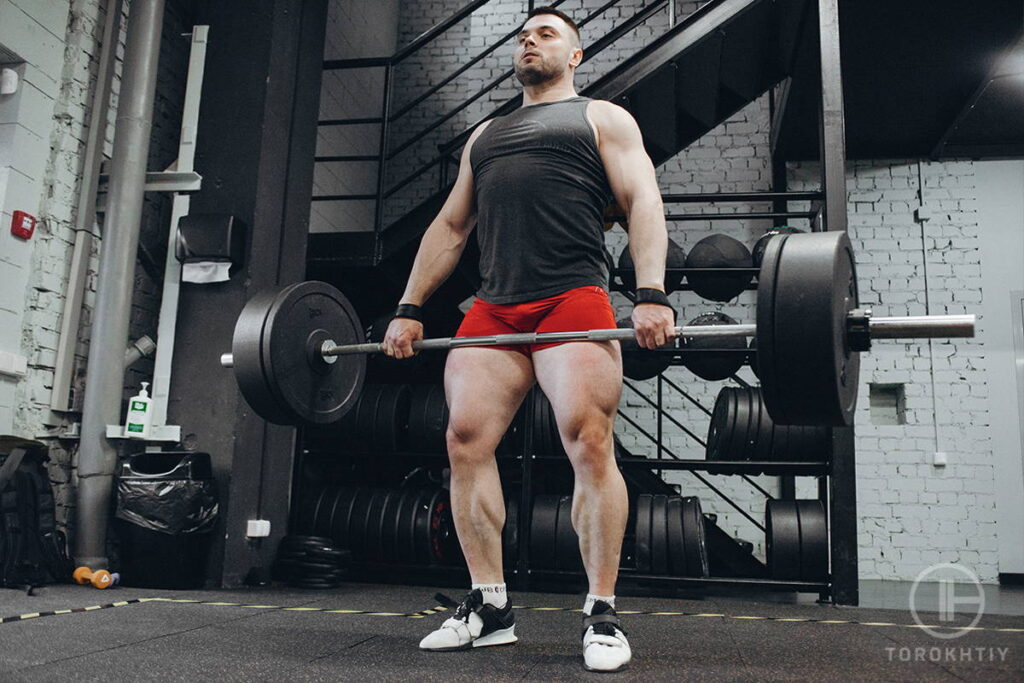
Functional Fitness
Functional fitness has a lot in common with Olympic weightlifting. These kinds of sport share plenty of exercises. Thus, flat shoes for fitness are not the best idea as well.
You better use a pair of weightlifting shoes that are versatile enough to align with all specific needs and expectations of functional fitness athletes.
Low ankle mobility
If you lack ankle joint mobility, flat shoes may become a real hell for you. Try squatting bare-footed right now, with no bar on the shoulders, and you will feel a huge difference. Don’t be afraid in case you feel as if you don’t know how to squat at all.
It is a common thing, so don’t worry about not being mobile enough – it’s more about anatomy and genetics. Just use weightlifting shoes to comfort your joints and maintain the proper technique.
Squat Shoes vs Flats
Only you should decide whether you better wear squat shoes or flats. If you are only into general training, it’s all about your preferences and feelings. However, if you do Olympic weightlifting or fitness, I recommend using special weightlifting shoes.
Squat shoes comfort your joints in the snatch, clean & jerk, and squat positions due to the raised solid heel. They allow you to keep all needed angles and handle the range of motion more easily and confidently than flat shoes. Also, they work perfectly well if you aim to lift the biggest weights with the most effective efforts.
Another benefit of squat shoes is their high foot and ankle support. They fix everything in place which makes them helpful for dynamic exercises. It is not only a comfort issue but also a safety measure while working at a fast pace or/and with extreme loads.
Still, flat shoes can benefit you in all variations of the deadlift. In this case, they make the bar trajectory shorter, allowing an athlete to save a little bit of strength for another set. Therefore, professional powerlifters or just passionate deadlift fans often change weightlifting shoes to flat ones before this exercise to win a few kilograms.
Moreover, in case you are not a heavy lifter but a regular athlete, you can use flat shoes to shift the load to particular muscles, feel more tension and control over them. For example, you can target hips more specifically while squatting, lunging, or doing the Romanian deadlift in this way.
On top of that, flat shoes are usually more affordable and accessible on the market. As a newbie, it might be a benefit for you. Still, such shoes are far less durable and resistant than a pair of high-quality weightlifting ones.
Best Flat Shoes for Lifting
I have prepared several options of flat shoes that are the most popular and reliable among hundreds on the market. Read their description and choose which you like most.
1. NOBULL Gum Outwork
NOBULL designed these shoes for people who want to push their limits day in and day out. They’re incredibly durable and you can expect to have them for years.
The upper is made of SuperFabric, which is a one-piece material that combats abrasion and stands up to aggressive workouts like a champ. It’s practically indestructible and it can handle even the toughest training sessions.
The supportive structure and low drop design are some of the most important features the shoes have. The combination of these elements stabilizes your stance during lifts and movements and promotes optimal form while reducing the risk of injury. In addition to this, there’s also a wide toe box that allows for better foot splay, which improves balance and control.
The low stack height keeps you close to the ground and enhances connection with the floor. The flexible sole adds to this natural feel and allows your feet to move freely without compromising stability.
The shoes feature sidewall guards and toe bumpers for added security against impacts and abrasions, and the circular tread shape on the outsole is very grippy.
An excellent pair of shoes indeed! They have everything you would want a pair of lifting shoes to have. On this short list, these ones are my top recommended choice!
2. Sabo Deadlift Shoes
These flat shoes are designed specifically for the deadlift. They will be a perfect match for pro-powerlifters.
The biggest benefit is that they provide additional support in the ankle area while having an extremely thin sole. It will stop you from discomfort or even injuries while doing sumo deadlifts. Still, they have two straps to regulate the tightness in case you don’t like too much pressure.
However, this is not the best option for amateurs or novice athletes. The price is quite high which leaves no sense to splash out on them if you don’t go heavy on the regular basis.
3. Converse Sneaker
Converse flat shoes would be a good option for amateurs or novice/intermediate athletes. Though they are designed for everyday wear, they work well for deadlifts or leg exercises, too.
Even if you don’t find training in flat shoes comfortable enough, you can use Converse outside of the gym, so you won’t fail anyway.
Pay attention to the height of the sole – they are not as thin as the previous options but still completely flat. It won’t make much difference for amateurs but could be a drawback for pro-athletes. Still, these flats have a rubber sole, so no slipping is guaranteed.
Another downside is the lack of ankle stability. These shoes are not designed for the deadlift so have no additional support.
FAQs
Should you wear flat shoes when deadlifting?
It is completely up to you. Try out both flat and raised-heel shoes and stick with what you find more comfortable for you. Still, if you take part in powerlifting competitions, deadlifting in flat shoes may add a few kilos to your PR due to a shorter range of motion.
Do you need flat shoes for dumbbells?
You don’t necessarily need flat shoes for dumbbells. You may use them to target particular muscles more specifically in some exercises, for example, the Romanian deadlift, lunges, or squats with dumbbells. It is not essential, though.
Can I squat and deadlift in running shoes?
If you are only into regular fitness, you can use running shoes for your gym workouts as well. However, if you are an advanced athlete who goes heavy regularly or wants to focus on Olympic weightlifting, fitness, powerlifting, etc., you should buy specific shoes for such training. They will improve your mechanics, technique, and stability as well as results.
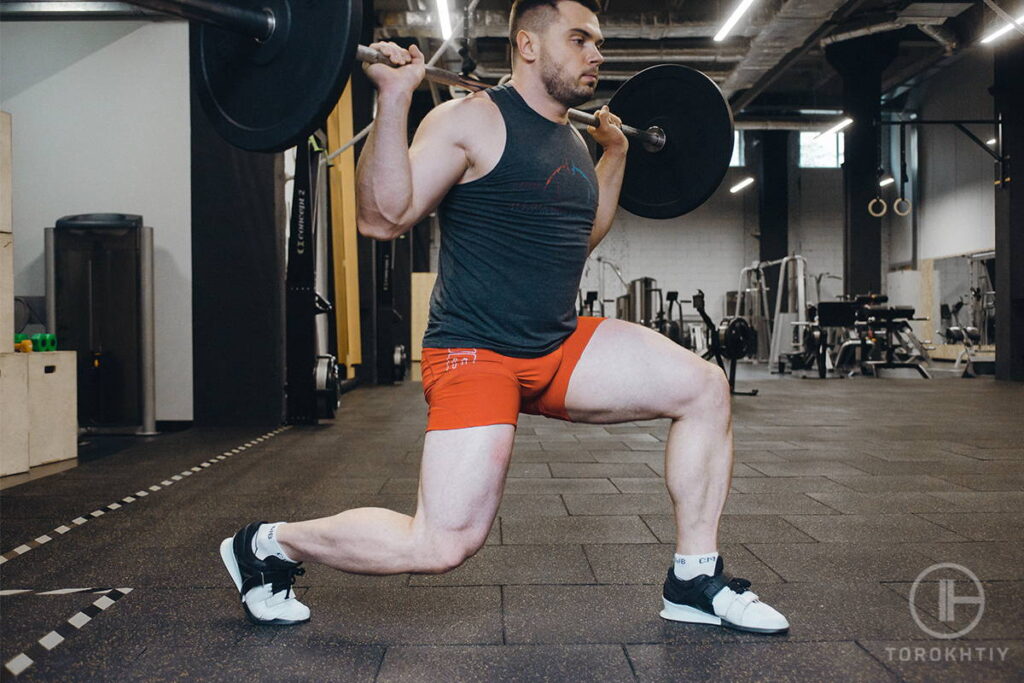
Conclusion
If you are a competitive powerlifter or an amateur who spends most of a workout deadlifting, it is definitely worth trying out flat shoes. They will shorten the bar path, make you more stable and balanced and your grip on the platform more firm. A pair of good flats will make you fall in love with the deadlift even more.
If you also have extremely mobile ankles and love challenges, try squatting in flat shoes to get new feelings and emotions. Still, they are not the first thing to grab at the gym unless you are a pro-powerlifter.
Do you like deadlifting in flat shoes and are you brave enough to squat in them? I’m looking forward to your thoughts and feelings in the comment sections!
Also Read:
- Are Nike Blazers Good for Lifting
- Are Vans Good for Lifting
- Squatting Barefoot vs Shoes
- Deadlifting With Squat Shoes
- Are Converse Good For Lifting
- Gym Bag Guide
- Are Squat Shoes Worth It
- Weightlifting Shoes Guide
References:
- Perfect Shoe for You // Broncho Blogs:
https://blogs.uco.edu/wellnesscoachingprogram/2018/02/26/perfect-shoe-for-you/
Why Trust Us?
With over 20 years in Olympic weightlifting, strength training, nutrition coaching, and general fitness our team does its best to provide the audience with ultimate support and meet the needs and requirements of advanced athletes and professional lifters, as well as people who strive to open new opportunities and develop their physical capabilities with us.
By trusting the recommendations of our certified experts in coaching, nutrition, and sports training programming, as well as scientific consultants, and physiotherapists, we provide you with thorough, well-considered, and scientifically proven content. All the information given in the articles concerning workout programming, separate exercises, and athletic performance, in general, is based on verified data.
The product testing process is described in more detail here.
Author: Oleksiy Torokhtiy
Olympic Weightlifting Champion
Best Results: Snatch – 200 kg,
C&J – 240 kg
Oleksiy Torokhtiy is a professional athlete boasting 20 years of experience in Olympic weightlifting. With multiple European and World titles under his belt, he has showcased his prowess in two Olympic Games (Beijing 2008 and London 2012). Upon concluding his illustrious career, Oleksiy dedicated himself to coaching. By 2022, he had conducted over 200 weightlifting seminars worldwide. He is the visionary behind an international sportswear and accessories brand known for its motto, “Warm Body Cold Mind.” Additionally, he is an esteemed author and the creator of a series of training programs and eBooks.



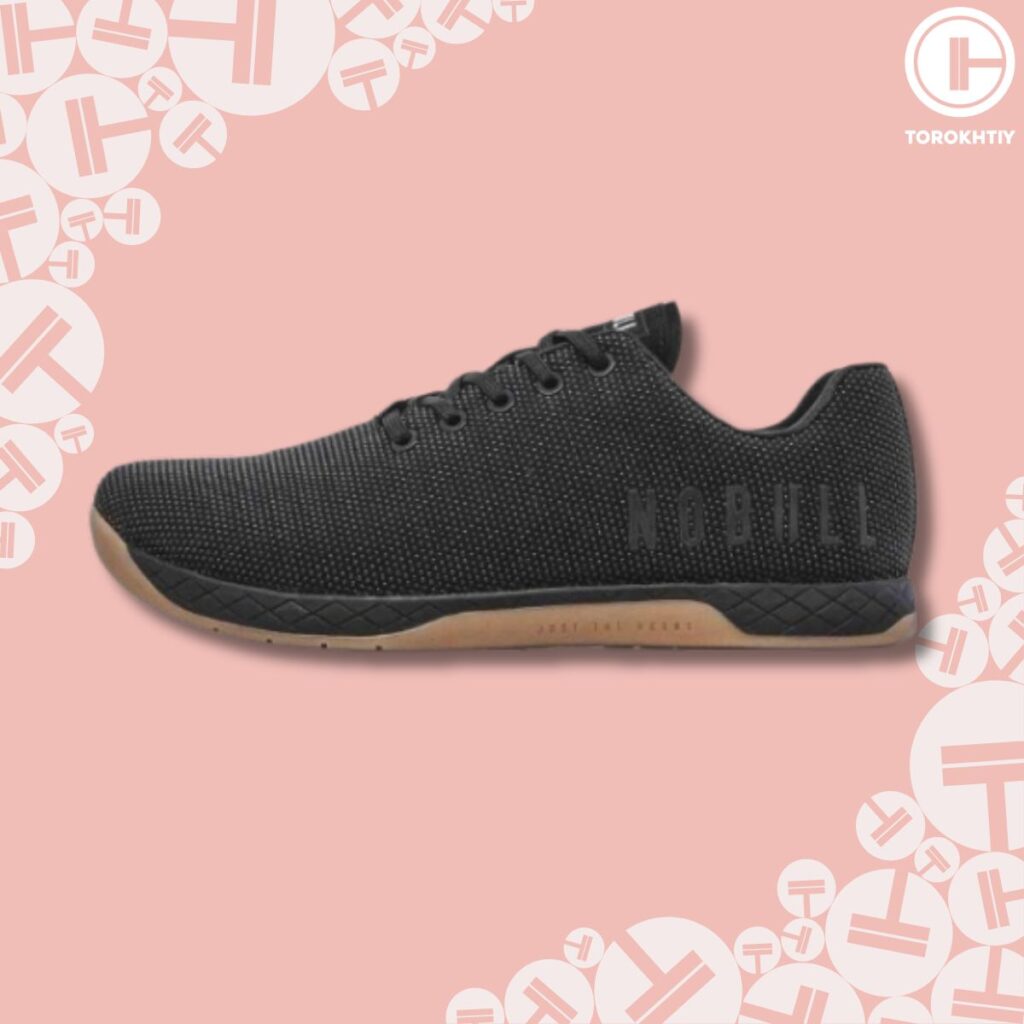
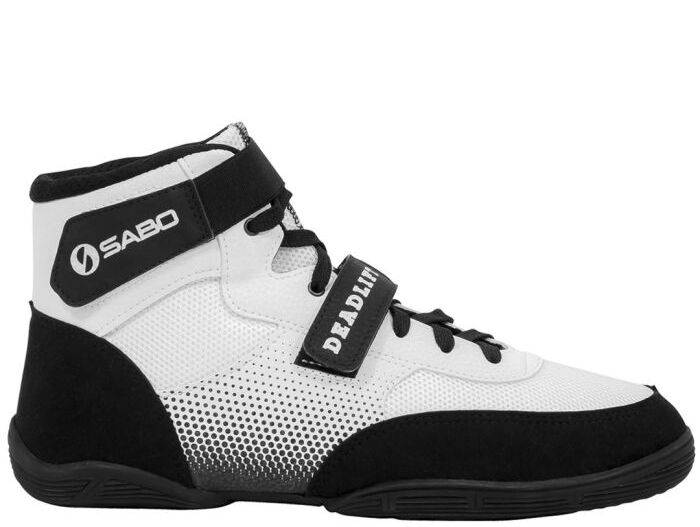
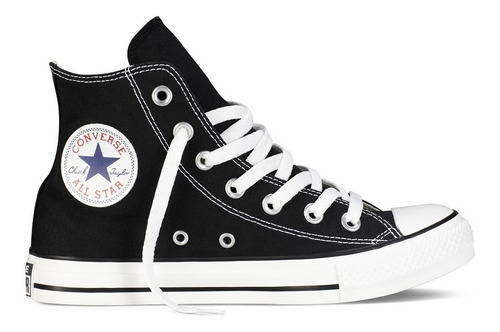
Still have questions after reading our article? Unlock your full potential by engaging with our experts and community! Don’t hesitate — leave a comment below and Oleksiy Torokhtiy will provide a personalized answer and insights to help you reach your goals.